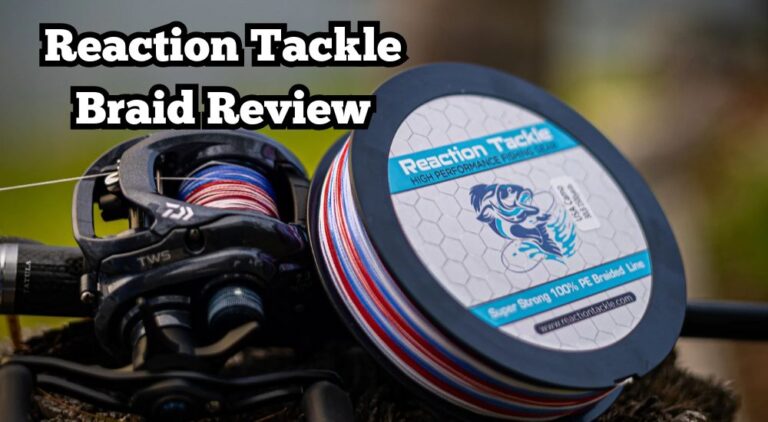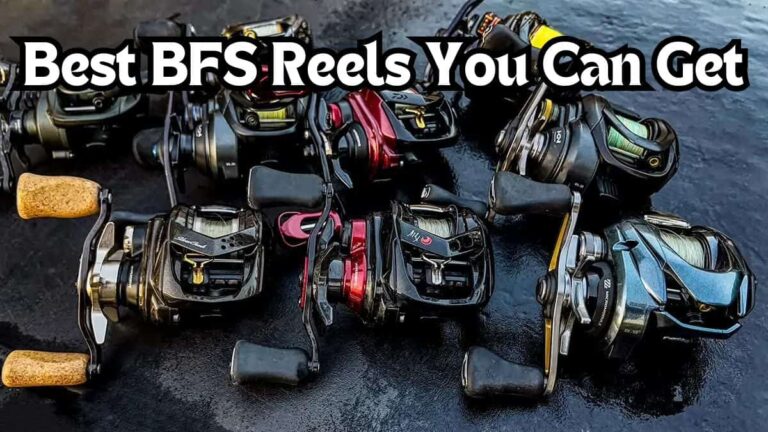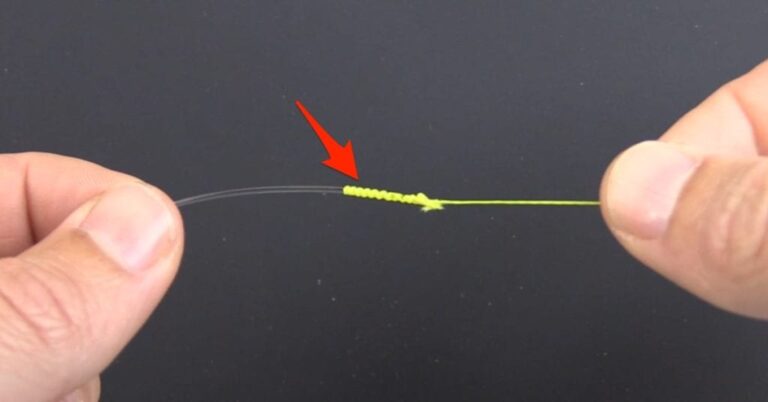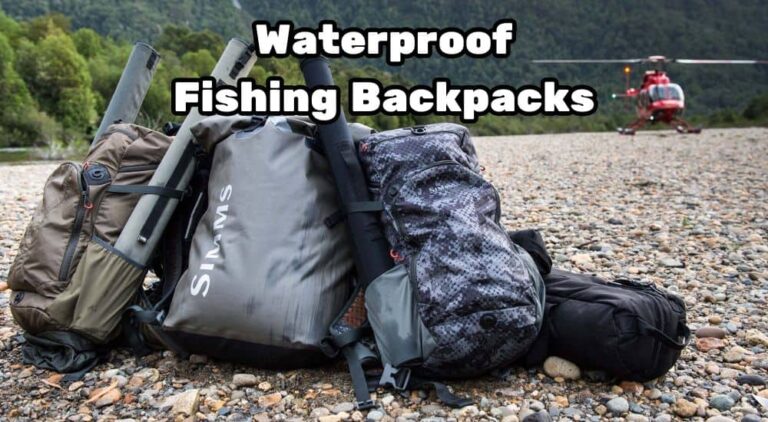Offset vs EWG Hooks: When to Use Each

The two most popular worm hooks are offset round bend and Extra Wide Gap hooks.
Both of these hook styles allow you to Texas rig soft plastics and make them completely weedless.
But when should you use one over the other? Let’s find out.
Design Differences
Offset Round Bend
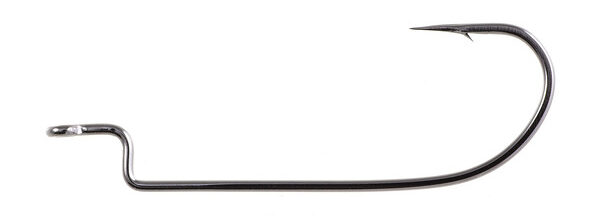
The standard, offset round bend hook has a straight shank.
This creates a much shallower gap between the eye of the hook and the bottom of the shank.
The point of the hook is elevated a bit above the eye of the hook. This is why it is called “offset”.
EWG (Extra Wide Gap)
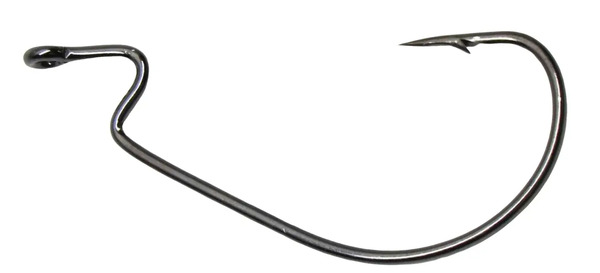
EWG hooks have a curved hook shank that drops much farther below the eye of the hook.
This creates more space between the hook point and the bottom of the shank.
Additionally, the point of the EWG hooks is directly in line with the eye of the hook.
Rigging Differences
Offset
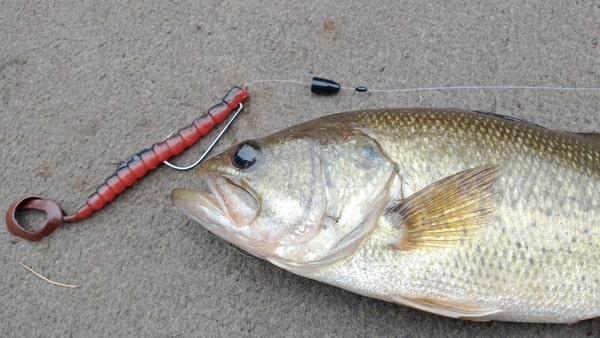
Most young anglers these days actually aren’t used to rigging up soft plastics on an offset style worm hook.
There are three differences to think about.
First, when you are initially inserting the hook point into the nose of the bait, drive the point in at a small downward angle.
About a 15-20 degree angle is perfect. Secondly, when you are running the hook point back through the body of the bait, again, push the hook through at an angle.
This time, about a 35-45 degree angle is best, but whatever causes the soft plastic bait to sit straight.
And finally, don’t push the hook point all the way out of the bait. Push it right up until it is about to break the skin, and then stop.
This is how you make your Texas rig fully weedless with an offset worm hook.
EWG
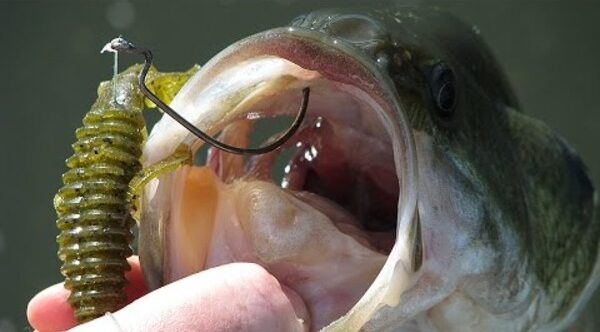
As you can imagine, there are also three differences when rigging up an EWG hook.
First, you want to insert the hook point straight into the nose of the bait. Then bring that point out at a sharp, 90 degree angle.
Second, when pushing the hook point back through the body, push it straight through perpendicular to the soft plastic.
Come all the way out of the plastic. And finally, texpose the hook point by barely skin hooking it back into the top of the bait.
This keep the hook point hidden and makes the EWG hook weedless.
Benefits of Offset Hooks
- Better Hook Up Ratio with Thin Baits: Because of the offset design where the hook point is above the eye of the hook, that point is slightly angled upward. When you set the hook, that upward pointing hook drives directly into the bass’s mouth instead of sliding parallel to the roof of their mouth.
- More Natural Profile: The offset hooks are much more compact and don’t hang way below the soft plastic. This means the hook is a bit less visible and looks a bit more natural in the water.
Benefits of EWG Hooks
- Better Hook Up Ratio with Thick Baits: When you are rigging up thicker baits, you need a large bend, and extra wide gap below the bait. This way the thick plastic has a place to co and can separate farther from the point of the hook. If there isn’t a big enough gap, the hook point will never get exposed, and the bait will be pulled right out of the bass’s mouth.
When to Use Offset Worm Hooks
You want to use offset hooks when you are using thin soft plastic baits.
Plastics like stick baits, finesse worms, brush hogs, lizards.
Things like that are relatively thin, and you don’t have to worry about having enough hook gap to expose the hook point.
With these thinner baits, your hook up ratio will be better than the EWG because of the angle that the hook point sits at.
Also, I prefer to use offset hooks as much as I can when fishing super clear water.
They create a bit more natural profile, and I feel like I get more bites with them in that high visibility water.
When to Use EWG Worm Hooks
EWG hooks are ideal when you are using thicker, bulkier soft plastic baits.
Things like beavers, big creature baits, flukes, or toads.
These soft plastics are much thicker and require the extra gap in the hook to give room for the hook to get exposed.
With these baits, your hook up ratio will be much higher, and you will catch a lot more bass.
Reeling this In
Choosing between offset round bend hooks and Extra Wide Gap (EWG) hooks depends primarily on the type of soft plastic bait you’re using and the fishing conditions.
Offset hooks are better suited for thinner baits and offer a more natural profile, which is advantageous in clear water.
On the other hand, EWG hooks provide a better hookup ratio for thicker baits, ensuring the hook gets properly exposed.
By understanding the design and rigging differences, as well as the specific benefits of each hook style, anglers can make more informed choices to enhance their fishing success.

